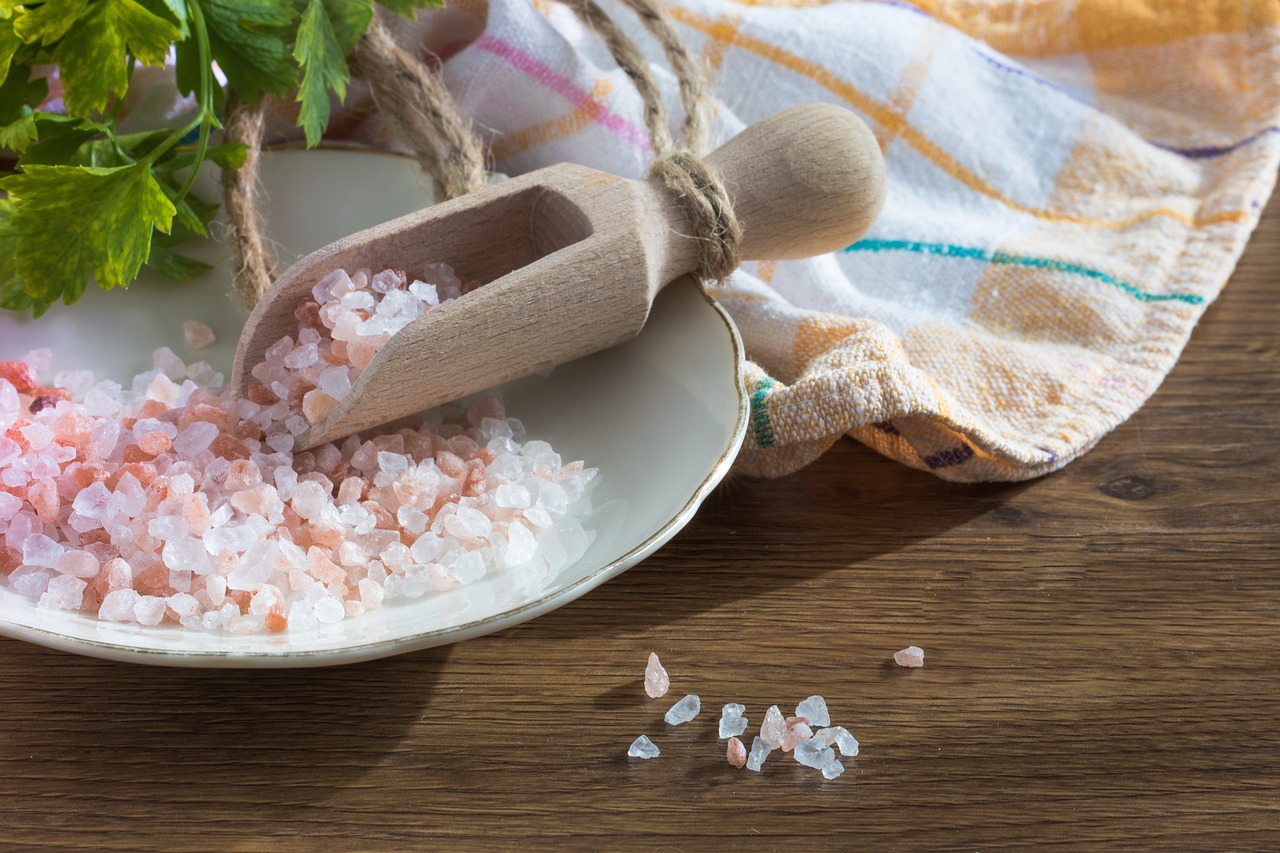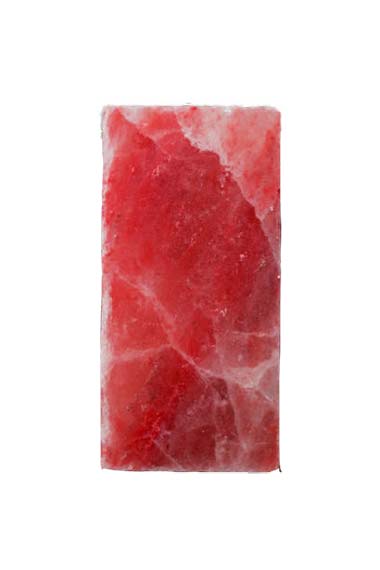Himalayan edible salt
Himalayan edible salt, often marketed as Himalayan pink salt, is a type of salt that is mined from the Salt Range mountains in the Punjab region of Pakistan, near the Himalayas. The salt beds were formed millions of years ago when ancient seas evaporated, leaving behind deposits of salt.
Here are some key points about Himalayan edible salt:

- Color and Appearance: The distinctive pink color of Himalayan salt is due to the presence of trace minerals, such as iron oxide. The salt can range from light pink to a deeper reddish-pink.
- Mineral Content: Proponents of Himalayan salt claim that it contains a variety of minerals, including calcium, potassium, magnesium, and iron. However, the actual mineral content can vary, and the quantities of these minerals are generally quite small.
- Flavor: Some people believe that Himalayan salt has a milder and more nuanced flavor compared to common table salt. However, the difference in taste is often subtle, and many people may not notice a significant contrast.
- Culinary Uses: Himalayan salt can be used in the same way as regular table salt for cooking and seasoning. It is available in various forms, including fine crystals, coarse crystals, and salt blocks. Some people also use salt blocks for cooking or serving food.
- Health Claims: While some proponents claim health benefits associated with Himalayan salt, such as improved mineral intake and better hydration, it’s important to note that these claims are often not supported by strong scientific evidence. The amount of minerals in the salt is relatively low, and a balanced diet typically provides these minerals in more significant quantities.
- Decorative Use: In addition to its culinary uses, Himalayan salt is also popular for decorative purposes. Salt lamps, made from large salt crystals, are claimed by some to have air-purifying properties and are used for ambient lighting.
- Quality and Purity: When purchasing Himalayan salt, it’s essential to ensure that it is of high quality and free from impurities. Some products may be contaminated, so it’s advisable to buy from reputable sources.
It’s important to approach health claims related to Himalayan salt with caution and to rely on scientific evidence for making decisions about dietary choices. While it can be an interesting and aesthetically pleasing addition to your kitchen, it’s not a cure-all for health issues.
Renowned chefs applaud Himalayan Edible Salt for its natural purity and exceptional mineral content. They emphasize its pristine quality and balanced mineral composition, which enriches dishes without overpowering flavors, allowing the ingredients’ essence to shine through.
A Symphony of Flavors
Chefs delight in the nuanced taste that Himalayan salt brings to their dishes. Its subtle, yet distinct, flavor profile adds depth and complexity, enhancing savory and sweet creations alike. The salt’s natural richness complements a myriad of cuisines, elevating culinary experiences to new heights.
Versatility in Culinary Mastery
Chefs praise the versatility of Himalayan Edible Salt. From seasoning and marinating to finishing touches, its granular texture and natural mineral goodness make it an indispensable ingredient in their kitchens, ensuring a harmonious balance of flavors in every dish.
Endorsement of Excellence
Esteemed chefs extol the virtues of Himalayan Edible Salt not only for its taste but also for its appeal to health-conscious consumers. Its perceived potential benefits, coupled with its culinary finesse, make it a staple in the kitchens of those seeking both flavor and wellness.
Elevate Your Culinary Journey
As endorsed by culinary maestros, the inclusion of Himalayan Edible Salt in your culinary repertoire promises a symphony of flavors and a touch of sophistication. Discover the culinary artistry celebrated by top chefs and elevate your dishes with the purity and richness of Himalayan salt.
Looking for Himalayan edible salt: Click here





